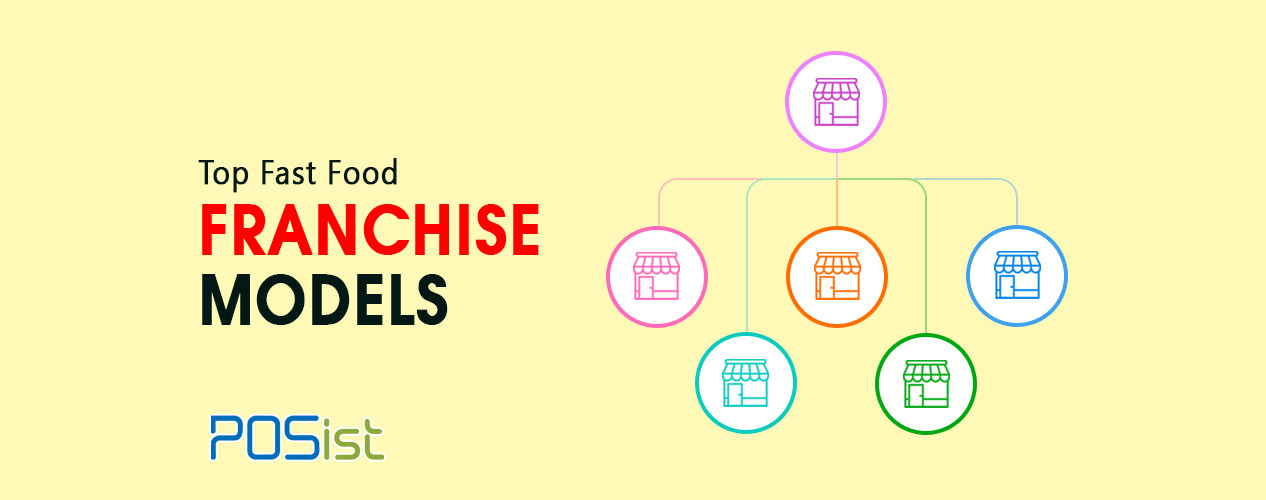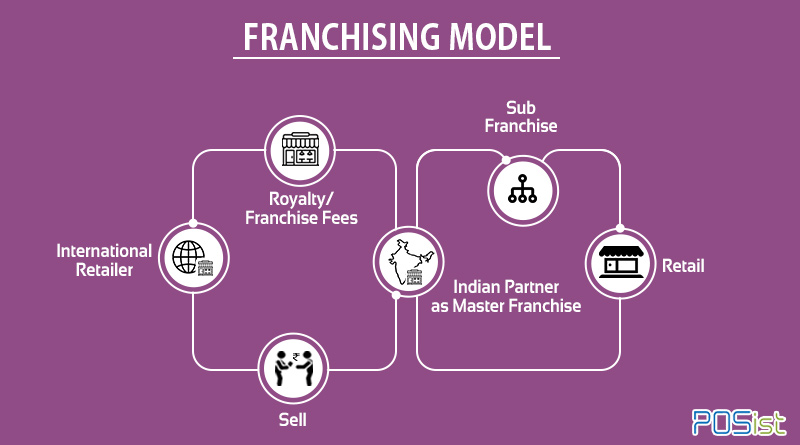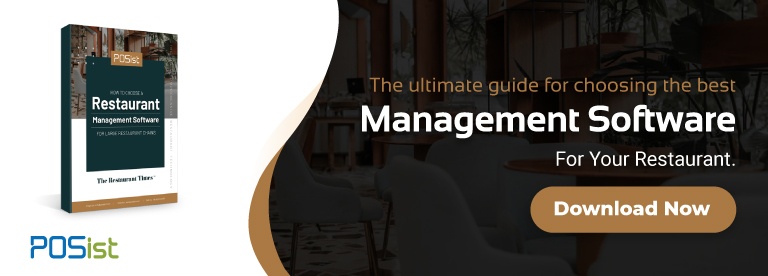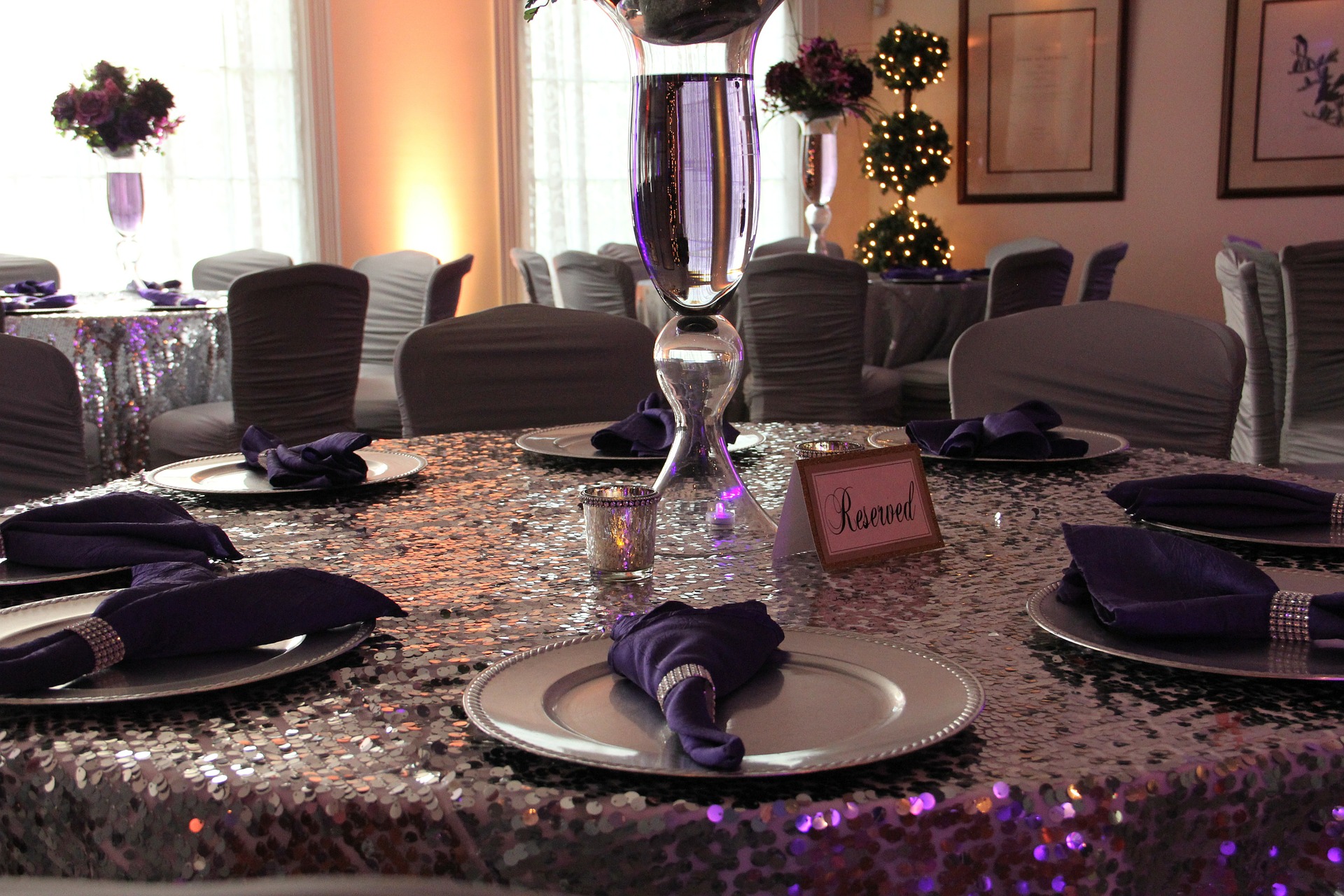In India, the foodservice industry has evolved from homegrown, standalone, family-run business ventures to international partnerships with various business models. Specific to Quick Service Restaurants, the Fast Food Franchise model remains one of the most attractive operating models for international brands foraying into India.
A Franchise is generally a person or a company that is given the license to run a business under the Franchisor’s brand name, trademarked by the Franchisor. The former purchases the Franchise from the latter. The Franchise in all circumstances must follow the rules and regulations that are established by the Franchisor, and usually, the Franchise has to pay an ongoing Franchise royalty fee to the franchisor. In this article, we will talk about why Franchising is one of the best ways of restaurant business expansion, and the various Fast Food Franchise models available.
Why You Should Consider Restaurant Franchising
Restaurant franchising is essentially used for expanding business and distributing goods and services to meet higher consumer demand. It is a relationship between the brand owner and the local operator to skilfully extend the already established business. Before commencing operation of the franchise, the franchise makes a required payment or commits to make a required payment to the franchisor or its affiliate.
Now, fast food and QSR’s are one of the most blooming formats in India. International brands, as well as local brands who want to scale across the country, are readily accepting the franchising model. Read this article to find out how to open a Franchise Restaurant.
Types of Fast Food Franchise Model Scaling Across India
The four types of fast food franchise models that can take the fast food and quick service restaurants to new heights are as follows:
1. Master Franchise Model
International Franchisors are playing a very dominating role in the Indian food market. In the Master Franchise Model, the investment is limited only to supplier development, franchisee training, location assessment and consulting expense. Based on mutual understanding, the international retailer charges a royalty fee from the Franchise who runs the business in India. In turn, the Franchise can open its outlets or have an agreement with sub-franchises that in turn open outlets under the Franchisor trademark. In case a contract exists between them, the Franchise charges a Franchising fee from the sub-franchisees based on certain criteria, for example, a fixed percentage of sales. Popular brands that follow the Master Fast Food Franchise Model are Domino’s Pizza, McDonald’s, KFC, and Pizza Hut.
Advantages of Master Fast Food Franchise Model
(i) Since the person running the business in India is a local expert, they have better connectivity and understanding of culture and geography. This knowledge can mainly be used to tap the resources in the country and scale the business further.
(ii) It is the responsibility of the Franchisor to give the training to the restaurant staff. If training is still required, even after the restaurant is operational, the Franchisor would still have to provide training. This is done to ensure consistency across all the outlets since the name of the Franchisor Brand is at stake.
(iii) Since the Franchise does have an intricate knowledge of the country as to which flavor works in a particular part of the country, they are required to pass this knowledge to the parent company immediately. If the Franchisor thinks that the flavors are feasible, they can bring about a regional menu. In this case, the Franchise does have a say in the restaurant operations; however, the ultimate decision lies with the Franchisor. For example, McDonald chains in Thailand have different menu items than the ones that are available in India.
2. Company Owned and Franchise Model
This is a model wherein the international franchisor establishes their own office in the country and helps the franchisee in setting up the business. The help extends to the office set up, supplier development and management. The representative office has a team that works closely with the franchise in the country and is responsible for creating the brand image in the country with the brand like Jumbo King, Goli Vada Pav, Berco’s, Pizza Hut, KFC, etc.
3. Company’s 100% Ownership
In the fully-owner model, brands set up their business with own investments. This model ensures that the brands have complete control over the business. This model requires high investment and is therefore prone to very high financial risk. The company is responsible for all aspects such as creating its brand image, product development, quality control, etc. The top Indian brands that prefer to operate under this model are like Cafe Coffee Day, Haldirams, Fast Trax and Bikanervala, and international brands like Taco Bell.
4. Joint Venture Model
A Joint Venture Model is one where an international entity enters into a joint venture with a local entity to create a new entity that acts as a master franchisee. This Master Franchise takes care of the operations of the international brand in the country. The local partner has a deep understanding of the country, and of its consumers, in addition to this, they also provide real estate to the international brand. With effective and substantial help from the master franchisee, the international brand can scale faster in the country. A Master Franchise can operate in a similar way wherein they can open its outlet or can have an agreement with a sub-franchise which will open outlets.
There is a new trend in the industry wherein International brands are entering into joint venture with a private equity/Venture Capital firm, rather than the business houses in India. For example, Burger King entered into a joint venture with Everstone Capital, a private equity firm to enter India and scale across the entire geography.
Controlling the quality across all the outlets is a significant problem in Franchising, not only concerning the product but also in terms of service, ambiance. You can overcome this problem by using a robust restaurant franchise management software. All the Franchises must follow certain specific brand rules so that the customer expectation is never broken. Hence, the power of the franchisees must be limited but not restricted. They should be given the authority to act immediately if things go wrong and afterward they can inform the brand.
Hope after reading this, and you have garnered knowledge about the various types of Franchises that are available that will help you to run a Fast Food Franchise in the best possible manner!
Info Source: NRAI






















I want restaurants Franchise
How to franchise a restaurant business?
Hi Om,
This article talks about how you can franchise a restaurant business – https://www.posist.com/restaurant-times/resources/10-definitive-steps-franchising-restaurant-business.html
Hope you find it useful 🙂
For upstart quick-service restaurants considering the move to franchising, the path can precipitate a major shift in business model and operations. Great Read.
This article is great for recognizing the best fast food franchise model. It is certainly helpful and will help in making the right and a profitable decision.